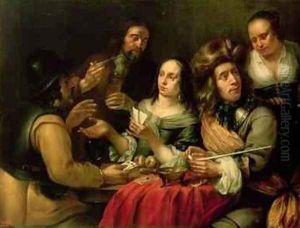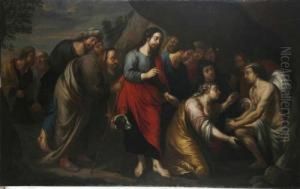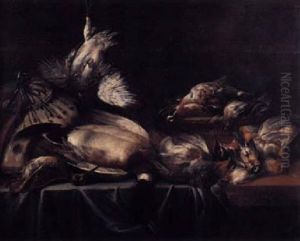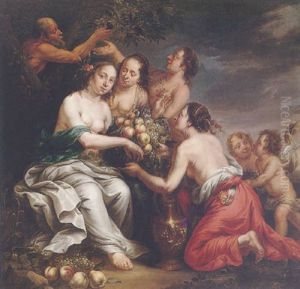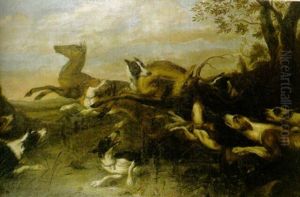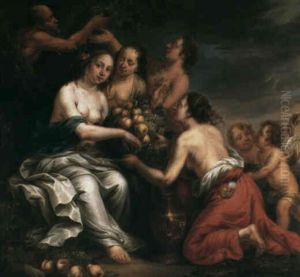Dingeman van der Hagen Paintings
Dingeman van der Hagen was an 18th-century landscape painter from the Northern Netherlands, whose life and work are somewhat obscure, and often confused with another artist of a similar name, Michiel van der Hagen. Dingeman was born around 1743, although the precise details of his birthplace are not well-documented. His artistic journey is not extensively recorded, but he is known to have been active in the realm of landscape painting, a popular genre during the Dutch Golden Age, which had a prolonged influence on Dutch artists of subsequent generations.
Dingeman van der Hagen's career unfolded during a period when the art market in the Netherlands was in a state of transition. Although the Dutch Golden Age had seen an extraordinary flourishing of the arts, by the time of van der Hagen's activity, the market was changing, with new tastes and economic challenges. Despite these shifts, landscape painting remained an important and beloved genre, and van der Hagen contributed to its legacy.
The works attributed to Dingeman van der Hagen are typically rustic and serene landscapes, often featuring pastoral scenes with cattle and figures. His style suggests an appreciation for the tranquil and bucolic, with a focus on atmospheric effects and a gentle, harmonious palette. While his paintings may not have achieved the fame of some of his contemporaries, they are nonetheless valued for their quiet beauty and craftsmanship.
Dingeman van der Hagen passed away in 1810. The details of his death, much like those of his life, are not well-known. His works are relatively rare and are primarily of interest to collectors and scholars specializing in the period. Despite the scarcity of biographical details, Dingeman van der Hagen's contribution to Dutch landscape painting is recognized in the context of the artistic traditions he helped to perpetuate. His paintings, when they do surface, offer a glimpse into the enduring appreciation for the natural world that has long been a hallmark of Dutch art.
